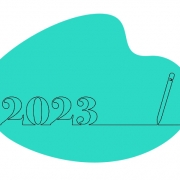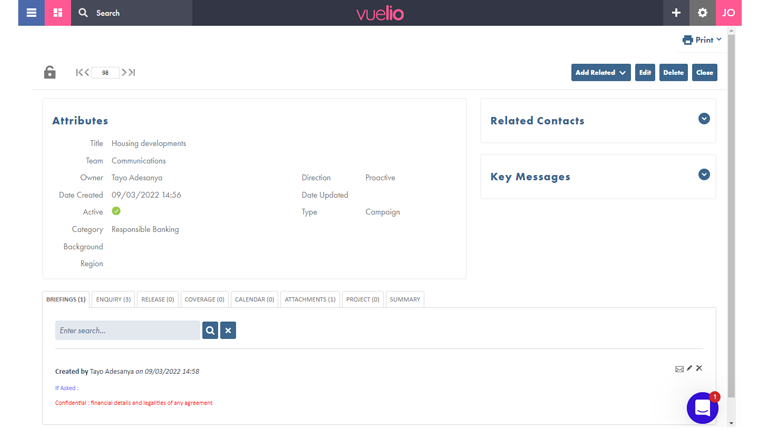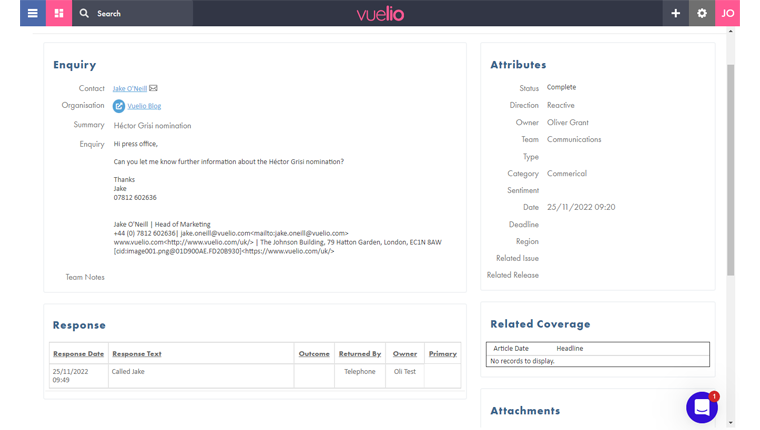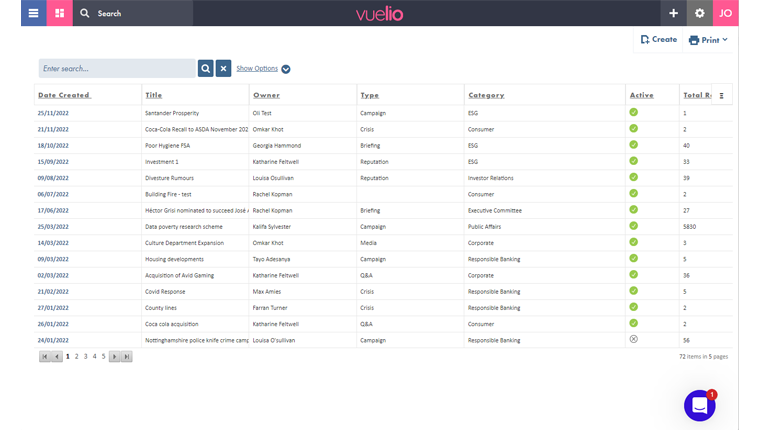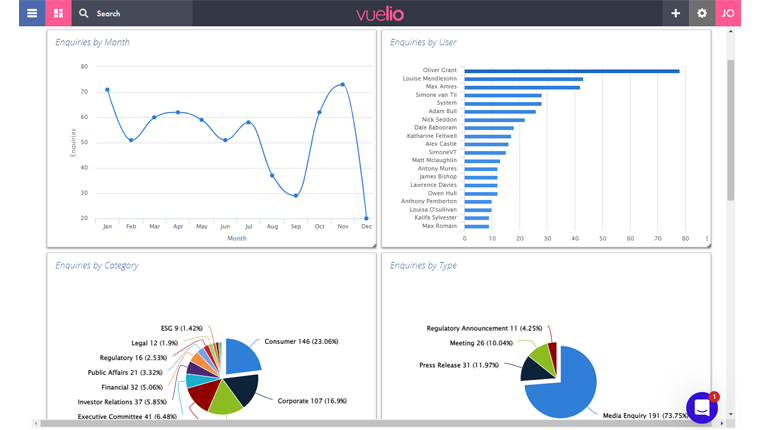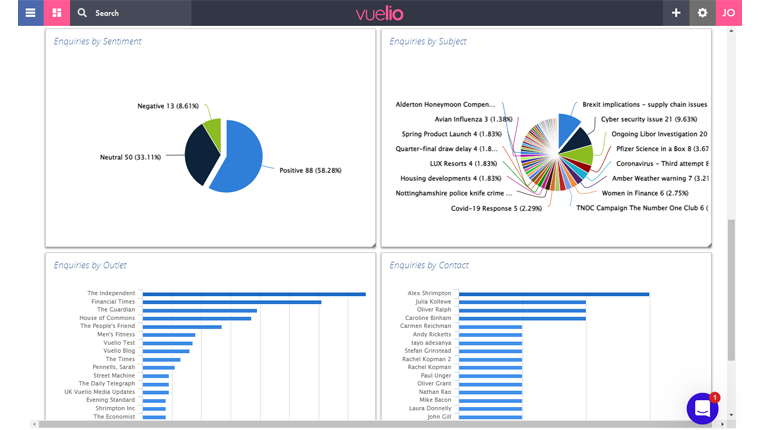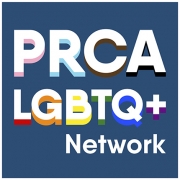Does the world really still need International Women’s Day? For all those asking this question, the answer is very much ‘yes’. Gender inequality continues to thrive in 2023 – especially when it intersects with racism, homophobia, transphobia, classism, ableism – the list goes on.
And despite being made up of a workforce filled with women – a 67% majority, apparently – PR has a gender problem.
Here are takes from women working in comms on how the industry can evolve and why International Women’s Day should be circled on the calendar:
‘When misogyny is still allowed to breed in our society, at the highest levels and most trusted ranks, we need counter pressures to dismantle toxic views which seek to constrain and harm women – be that at work, at home, or in society at large,’ believes Ketchum’s Alicia Solanki.
‘For that reason, IWD is critical and absolutely has a place in 2023. The dialogue must not stop once IWD has passed, but it is fine if on this day specifically, we crank up the volume’.
Break up bias in the boardroom
‘We have to address the fact that women and ethnic minorities are still not being represented enough in companies. 2022 stats show us that in the UK only 19.7% of employees on boards are women – why is this? Because patriarchy is rife on company boards. Also in the UK, the employment rate in every ethnic group was higher for men than women.
‘My experience working in PR and as the owner of a PR agency, is that when dealing with some male clients, I’m not taken seriously. Despite running our own business and managing their brand and reputation, we see a lot of mansplaining. This isn’t across the board, and things are improving but we still feel we’re working hard to have a seat at a very male table.’
Sophie Kermani, director at In The Bag PR
‘As ever, there are benefits to having PR people more closely represent the societies in which we live. As PR practitioners, we aim to communicate messages effectively to various audiences. Having a diverse team that reflects the demographics of those audiences can help ensure that messages are communicated in a way that resonates with them as well as results in more creative and innovative solutions to communication challenges. Overall, ethnic diversity in the PR industry can lead to better communication, increased innovation, and more inclusive and respectful messaging.’
Hanisha Ganwani, senior PR manager for Global University Systems
‘Like many industries, women still have to choose between a career and a family. Hopefully, now more men are taking paternity leave, we might start seeing the balance change.’
Claire Powell, managing director of The CAN Group
Drop the tokenism
‘While the workplace has become a lot more accommodating for women, there’s still a lot of headway to be made.
‘A lot of LGBTQ+ people often get put into a separate box or seen as the ‘token diverse person’ that companies can use to promote during Pride month. In reality, I don’t want to be seen as any different, which is why a lot of people don’t even express labels when at work.
‘In a PR agency, you’re often in communication with an in-house representative that’s older and typically male, so you definitely get the odd person speaking over you and subtly treating you differently. It’s especially hard when you’re at the start of your career and trying to gain more confidence in a new industry’.
Stacie Plast, Senior account executive at Stone Junction
Drop the ageism
‘I think that there are still divides when it comes to women in PR and ageism is one of those.
‘In many circles, PR is seen as a young person’s industry and when women go on maternity leave this can mark a dramatic change in their career. Being able to come back on a flexible or part-time basis can be hard and I believe that we often lose women who hold huge value and experience because making it work is just too hard.’
Natalie Trice, PR author, PR coach, PR trainer, Devon Trice Public Relations
‘There has been a huge issue around ageism in PR; a typical PR worker would be cited as a female in her 20s. Women in PR’s recent survey showed over 34% of women working in comms have experienced ageism in the workplace. However, businesses are now waking up to the wealth of experience and knowledge that those of us who have been around for longer can bring.’
Sara Mak, PR & external communications manager for Verastar
No ‘gender-washing’
‘Say no to gender-washing BS. Businesses need to set themselves real goals to deliver on inclusion, equality and equity. Transparency, accountability and measurement are critical to track real progress. How can we assess progress if we don’t know what it is we’re measuring? In the data economy, the PR industry needs to get better at using data insights to inform the right strategy, create the right vision and achieve.’
Claire Williamson, founder and managing director of Resonance, current PRCA Council Chair, and co-chair of the PRCA AR Group
Be transparent on pay
‘I think businesses in the private sector need to be transparent about salaries. But I think the real changes can then only come from individuals. Bias needs to be called out, whether it’s racism, sexism or transphobia – those who see it happening and let it slide are just as complicit.’
Jessica McDonnell, account manager for Source PR
‘As a Black woman working in PR, I think in order to address all the intersectionalities of gender, sexuality and race within pay and promotions, there needs to be honest and transparent conversations within the workplace. This would create transparency for marginalised groups to see how they compare with other counterparts (males, white people, cis people, etc). If we are transparent about pay scales and the reasons behind it, then there is no room for gaps. This gives everyone a level playing field to progress in comparison to others.’
Buce Satimburwa, account executive at Full Fat
‘We need to stop making excuses for the reasons things happen in the workplace. If you’re struggling to attract diverse talent, check your company culture, policies and external comms. If you are attracting diverse talent but seeing them check out, lift the lid on your employee experience and career development touchpoints. Do more to promote and champion diverse talent into the board – you can’t be what you can’t see which will continue to inflame the promotion and pay gap across gender, race or sexuality.’
Alicia Solanki, chief client and innovation officer at Ketchum UK
Don’t be part of the problem
‘PR and the press in general is, crucially, part of the problem. One scan of articles focus in on women’s marital status, weight and whatever else women are spoon-fed on a daily basis to erode their joy. While countless aggressive murders, crimes and violence committed by men, are simply reported as ‘genderless’ crimes. Oh, unless it’s a debate on transgender women in prison… yikes.
‘There is a huge disconnect between the women working in PR and the output of commentary through journalism. This is because it is still male voices that dominate the actual news. Men occupy the vast majority of management and a majority of the jobs in journalism, which means that their narrative is the one represented. There’s still very much a double-standard in the PR industry, too.’
Faye Lewis, head of comms at Viva!
‘I personally still believe there is a lack of education of what Public Relations is, even in today’s world of 2023 (though I feel it’s getting there, we are not there yet). Many still think PR is some form of advertising, marketing or just going out to fancy events.
‘Because of the lack of knowledge, I believe it’s not deemed as important compared to other industries, which is why I believe women are not taken as seriously. This reflects on how women are perceived.
‘Education is needed for PR to be taken more seriously and it should rank among the top of the industry sectors – this would change the dynamic of any issues.’
Am Golhar, media voice and founder of Abstract PR
Set tangible targets for improvement
‘Companies and organisations should commit to creating tangible and achievable targets to close the gender/race/sexuality pay and promotion gaps. This should include setting specific goals for hiring more women, people of colour and members of the LGBTQ+ community, and creating transparent processes for evaluating and promoting them.’
Alana Panton, founder of AP Comms
Show up
‘I think that newer generations reaching the PR industry won’t stand for disparities in gender, race, pay or the like, and rightly so. Some businesses naturally adopt best practice in these areas, but with talent shortages being felt across the industry, it’s going to force all business leaders to show up for this generation – they want to see people doing the right thing or they’ll disengage entirely.
‘There needs to be firm action taken when sexism, racism, ageism or any other form of discrimination is experienced. We have brought contracts to a close that haven’t afforded members of my team the respect they deserve, and I will continue to put people over profits when it comes to addressing behaviours that are not welcome in 2023.’
Alia Al-Doori, Managing Director at Pearl Comms
Provide time for personal development
‘In 2023, there are so many amazing opportunities for women in PR, from leadership courses to workshops and panel discussions – I think it’s imperative that agencies not only encourage their employees to take these opportunities but ensure that they are given the time and support to be able to do so.
‘There are many PR agencies whose lack of diversity is a huge issue that they are just ignoring, and, with so many talented people in the PR world, there’s just no excuse for it!’
Maisie Bamford, PR account director at Tank
Remember why International Women’s Day is still necessary
‘IWD is still important in 2023 because the challenges women face haven’t gone away. It’s the obvious things like the gender pay gap, yes, but it’s also the way every woman I know insists on a text to make sure their friend got home safe and refuses to walk alone at night.
‘It’s the ‘someone’s on their monthly’ comments and the way that I still have to explain to the men I love why I don’t feel as safe or as seen or as heard as they do. It’s how being sexually harassed is literally just a given and my friends and I have unspoken methodologies to protect ourselves and others when we go out for drinks. It’s how music, art and activities enjoyed and/or created primarily by women are belittled and dismissed. How the media would rather discuss female politicians and celebrities weight gain and fashion choices than their policies and actions. How men can get away with saying and doing and being things that women cannot.
‘It’s all the tiny little things I have to take into account, the self-defensive thoughts and actions that have become habit, that I’ve been told by men is ‘a bit paranoid’ or ‘a bit much’. The little things are the hardest to fix – it’s not something that can change overnight – but IWD is about giving women of all races, nationalities, religions and experiences the space and the platform to make their voices heard.’
Leigh-Ann Hewer, account manager at Carnsight Communications
‘Although gender equality is widely understood in many societies, far too many individuals still believe ‘feminism has gone far enough’, some men and women are still reluctant to use the label ‘feminist’, and the popularity of misogynists like Andrew Tate evidences that women’s rights and opportunities are still not guaranteed. Marking International Women’s Day reminds us that there are many different ways to ‘be’ a woman, that womanhood is intersectional with ethnic, racial, LGTBQ+ and disability status complementing our identities and presenting new challenges and opportunities, and that every woman has a different story to tell and something unique to offer the world.’
Aimee Treasure, marketing director at Templeton and Partners
For more on the experiences of women throughout the creative industries in the UK, check out our accessmatters series, including The Social Mobility Foundation’s Sarah Atkinson, the Taylor Bennett Foundation’s Melissa Lawrence and InFusion Comms’ Sara Hawthorn.






